本文由 Zaha Hadid Architects 授权mooool发表,欢迎转发,禁止以mooool编辑版本转载。
Thanks Zaha Hadid Architects for authorizing the publication of the project on mooool, Text description provided by Zaha Hadid Architects.
ZHA:深圳湾超级总部基地是深圳市乃至粤港澳大湾区重要的总部基地,致力于构建全球总部聚集区,成为中国国际企业、创新型初创企业和领先创意产业的聚集地,扎哈·哈迪德建筑师事务所(ZHA)设计的C塔则位于此片区城市规划的南北向的中央绿轴与东西向的未来城脊的“超级十字”中心节点。将企业总部集群整合到一个每天可容纳30万名员工的全球技术中心,同时也是国际会议、展览、文化和艺术项目以及多功能综合体与住宅开发的场所,新的深圳湾超级总部基地在未来也将包括综合交通枢纽、生态绿地及湿地海岸。
ZHA:Shenzhen Bay Super Headquarters Base will be an important business and financial centre in Shenzhen serving the Greater Bay Area of Guangdong, Hong Kong and Macau; integrating clusters of corporate headquarters within a global technology hub accommodating 300,000 employees each day. Including venues for international conferences, exhibitions, cultural and art programmes, the headquarters base will incorporate residential developments, a transportation centre, botanical grasslands, and coastal zone with wetlands.
ZHA设计的C塔将紧邻的中央绿轴自然地引入场地,引入了阶梯状的景观,然后垂直向上延伸并由空中连桥连接了两座塔楼。梯田状的裙房露台更能吸引公众进入到C塔的中心。同时连桥空间作为文化与休闲的公共空间,将两座塔楼连接在一起。在这里,人们可以欣赏到城市的全景。这一动感连续的景观设计不仅将行人自然地引入项目,同时也为地下公共交通枢纽提供了自然采光。
Tower C by Zaha Hadid Architects within the Shenzhen Bay Super Headquarters Base responds to its location at the intersection of the city’s planned north-south green axis and Shenzhen’s east-west urban corridor. Connecting directly with its adjacent park and plazas which transform into a terraced landscape extending upwards within its two towers, the design invites the public into the heart of the building where cultural and leisure attractions are housed in sweeping bridges that tie the towers together and give panoramic views of the city.
在不断扩大的深圳地铁网络中,C塔的梯田状的裙房使建筑整体与绿轴景观无缝连接,为这个全球技术创新中心城市增添了一个全新的公共活动空间。
ZHA运用了三维建模优化了建筑体量,朝向以及窗墙比,将C塔设计成为一个由两座接近400米高的塔楼组成的多维垂直城市。为办公、购物、娱乐、餐饮设施,以及酒店、会议中心、展览等文化设施提供了无柱空间和自然的采光。
Served by the expanding Shenzhen Metro network, Tower C’s stepped podium integrates with the park to create a new public space for this dynamic city that has grown to become a global centre of technology innovation. Uniting the park’s landscapes with the civic plazas of the tower’s lower levels provides direct pedestrian access and daylight to the public transport interchange below ground. Prioritising pedestrians, the tower’s design also includes extensive bicycle parking and charging facilities.
Informed by 3D modelling tools developed by ZHA that optimise efficiencies in architectural massing, orientation and facade-to-floor ratios, Tower C’s design is a multi-dimensional vertical city of two towers at nearly 400m, providing column-free naturally-lit office space, shopping, entertainment and dining amenities, together with a hotel, convention centre and cultural facilities with exhibition galleries.
C塔设计的双层隔热玻璃幕墙作为自遮阳的垂直系统,内设通风调节器,通过可调节的腔体引入外部空气。为每层楼提供可控、有效的自然通风与混合通风。
The double-insulated, unitised glass curtain wall of Tower C’s design steps the glazing as vertical channels for self-shading and incorporates ventilating registers within the channels that draw outside air through operable cavities; providing natural and hybrid ventilation with very effective environmental control for each floor.
通过与该片区的智能管理系统相连,持续监测外部和内部环境,C塔将联合片区中心网络集成的高效设备和制冷设备优化,实现实时控制以降低能源消耗。
所有梯田状景观的水景花园将对当地环境中的污染物进行生物过滤,并安装低挥发性有机化合物材料,以尽量减少室内污染物与颗粒物。同时在地下空间设计了包括大量的自行车停车场,充电桩设施。
C塔的设计方案将城市、自然、中央绿轴、未来城脊和TOD高度融合,创造出一个全新的“超级空间”,将成为超总基地的“未来之塔”。
Connected with the district’s smart management systems that continually monitor external and interior conditions, indoor environmental controls will adjust in real time to reduce energy consumption with high-efficiency equipment and chiller plant optimisation within the district’s central networks. The design will also incorporate water-collection and recycling as well as photovoltaics to harvest solar energy for the district.
Aquaponics gardens on all terraced levels will biologically filter contaminants from the local environment and low-volatile organic compound materials will be installed to minimise indoor pollutants and particulates. Continuing the district’s ambitions for optimal integration throughout all aspects of the development to increase efficiencies and well-being, Tower C’s procurement will also target embodied carbon reductions and recycled materials.
The design of Tower C integrates the city and nature within its central green axis with the transit orientated development (TOD) of Shenzhen’s new spine, creating a ‘superscape’ that will become a tower of the future within the Super Headquarters Base.
项目团队
建筑设计:扎哈·哈迪德建筑事务所
首席设计:帕特里克·舒马赫
ZHA竞赛项目总监:Satoshi Ohashi, Paulo Flores
ZHA竞赛项目助理总监:Jingwen Yang, Karoly Markos, Michail Desyllas
ZHA竞赛项目设计师:Xuexin Duan
ZHA竞赛项目团队:Xiaoyu Zhang, Lida Zhang, Bogdan Zaha, Gaoqi Lou, Huiyuan Li, Jiaxing Lu, Leyuan Jiang, Mariana Custodio dos Santos, Martin Gsandtner, Nastasja Mitrovic, Rui Zhao, Sebastian Andia, Xiangfan Chen, Yuan Feng, Zhiming Wang, Boyan Hristov, John Kanakas, Enoch Kolo, Karina Linsen
Project Team
Design: Zaha Hadid Architects
Principal: Patrik Schumacher
ZHA Competition Project Directors: Satoshi Ohashi, Paulo Flores
ZHA Competition Project Associates: Jingwen Yang, Karoly Markos, Michail Desyllas
ZHA Competition Project Leader: Xuexin Duan
ZHA Competition Team: Xiaoyu Zhang, Lida Zhang, Bogdan Zaha, Gaoqi Lou, Huiyuan Li, Jiaxing Lu, Leyuan Jiang, Mariana Custodio dos Santos, Martin Gsandtner, Nastasja Mitrovic, Rui Zhao, Sebastian Andia, Xiangfan Chen, Yuan Feng, Zhiming Wang, Boyan Hristov, John Kanakas, Enoch Kolo, Karina Linsen
更多 Read more about: Zaha Hadid Architects


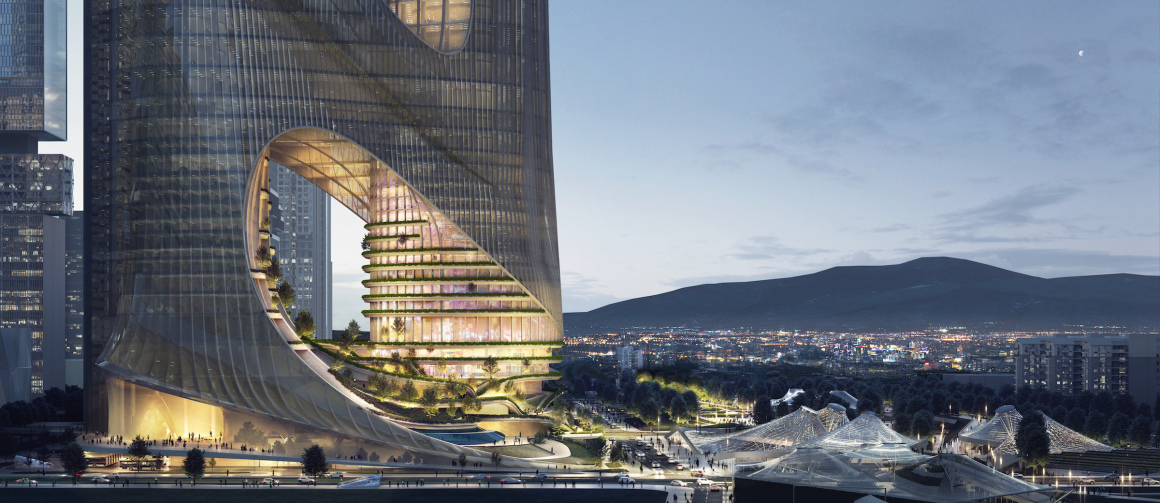
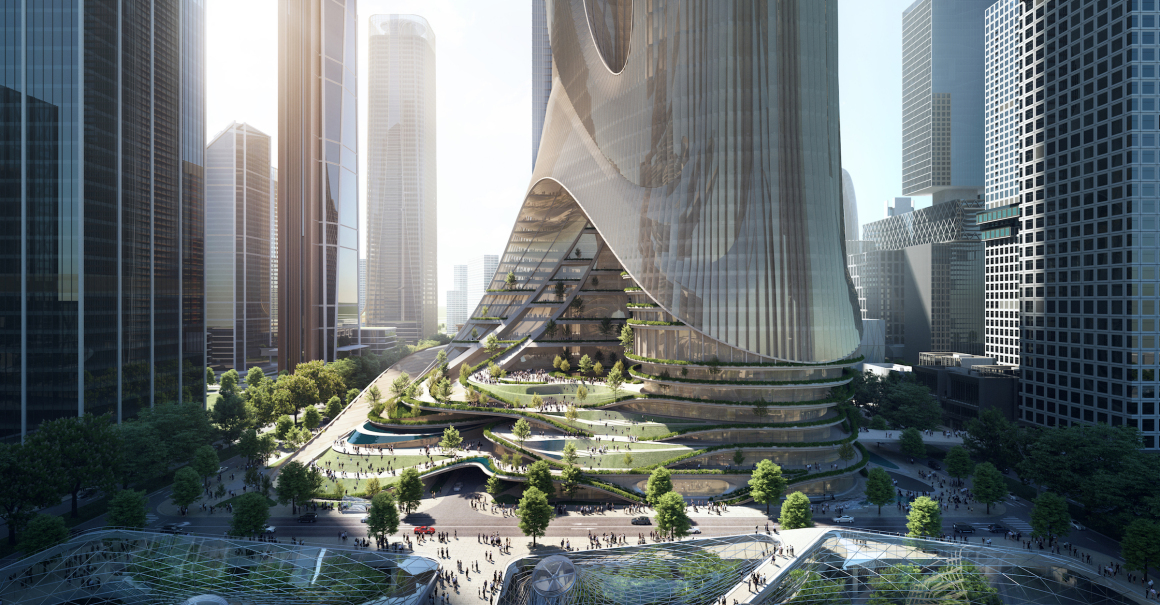
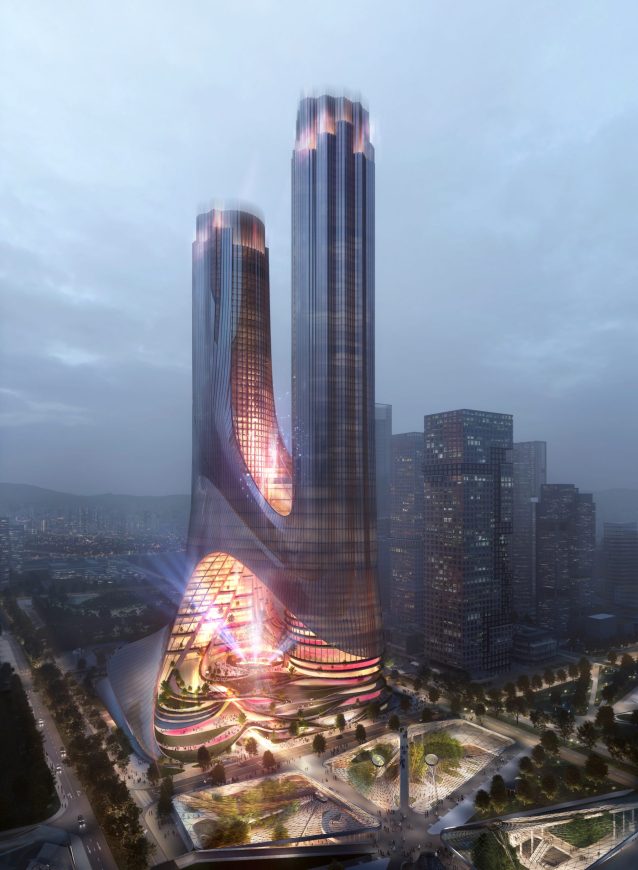
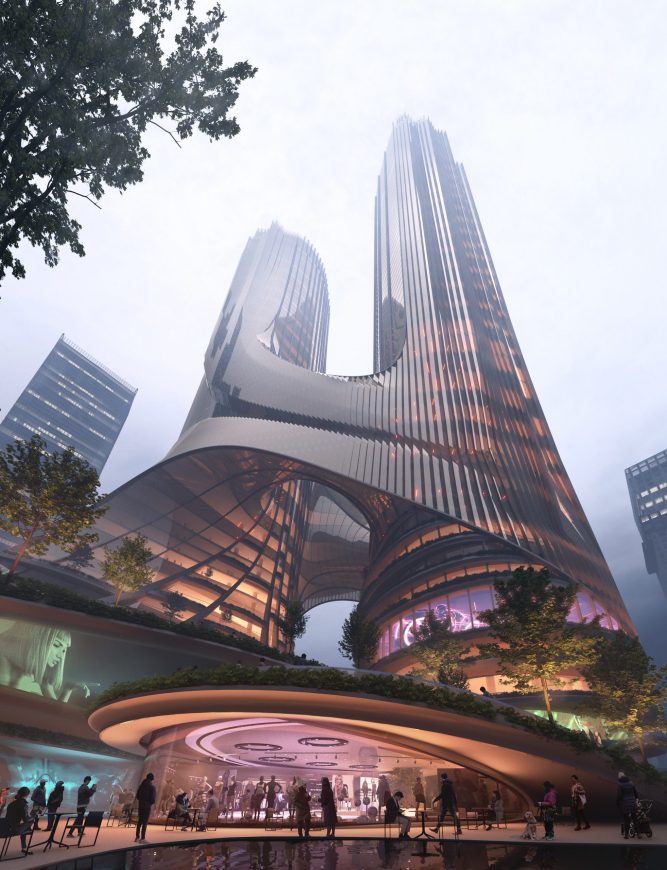
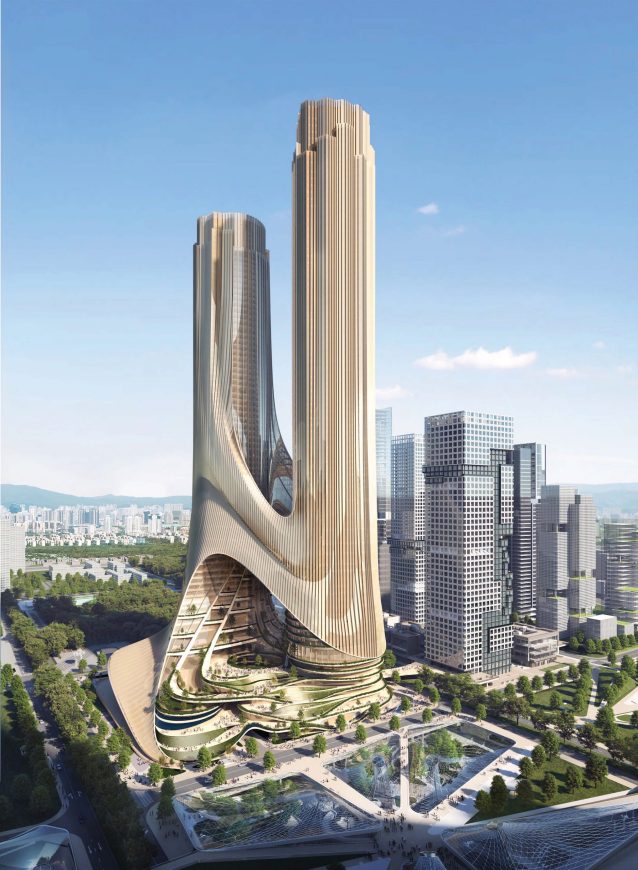


0 Comments